1. This 1930s Art Deco Illustrator (and master of line-drawing)
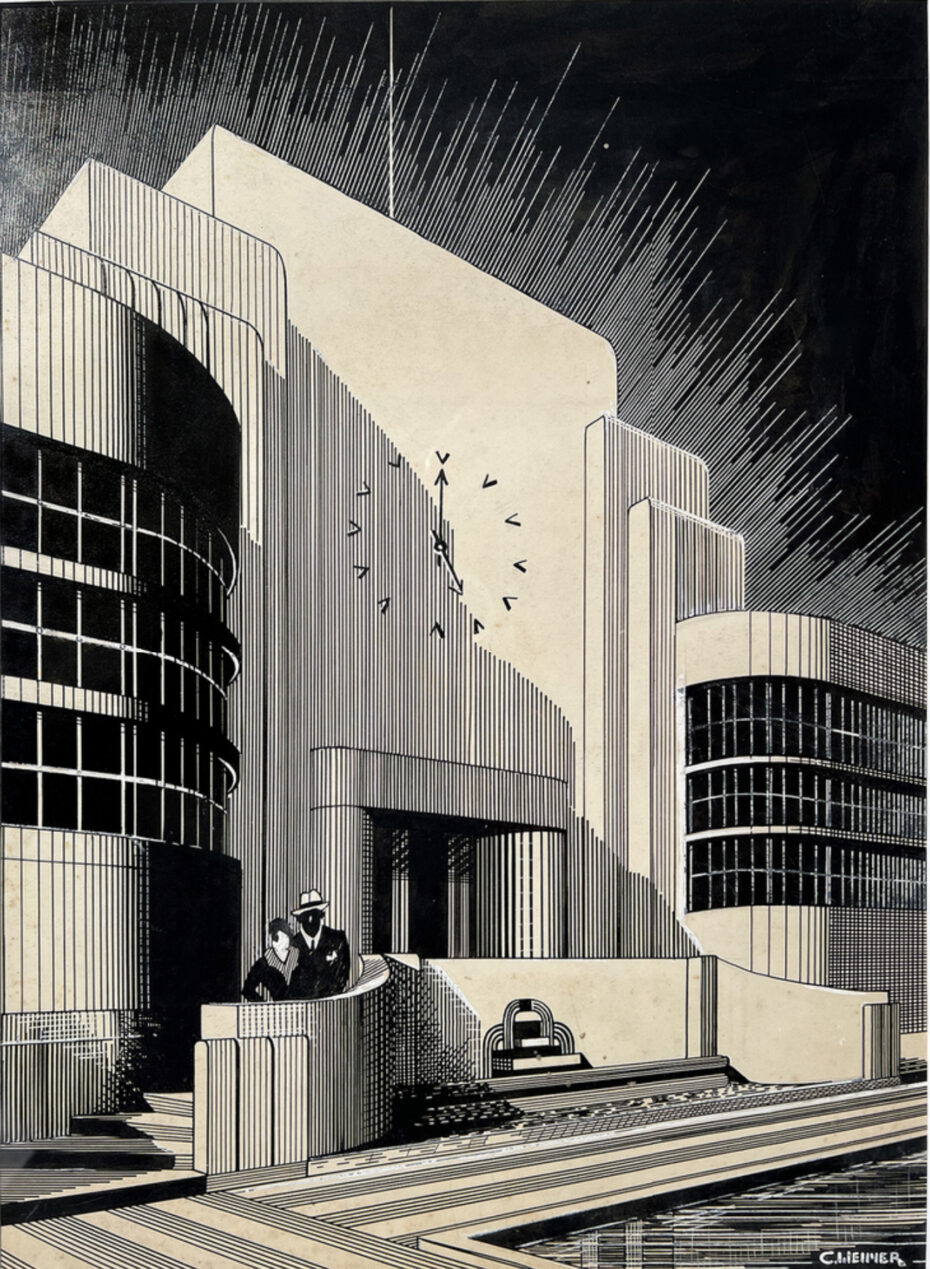
Art Deco Illustrator Charles Perry Weimer creates a powerfully graphic depiction of a 1930s couple in front of a classic Art Deco building with a clock face. This work is particularly relevant in today’s artworld, where few artists can do tight renderings with carefully composed compositions and proper perspective. The emanating white lines from the building’s roof into a black sky give a sense of dynamic energy to the work. Weimers technique is evocative of more than a typical Art Deco work and moves into a more dreamlike, surrealist style.
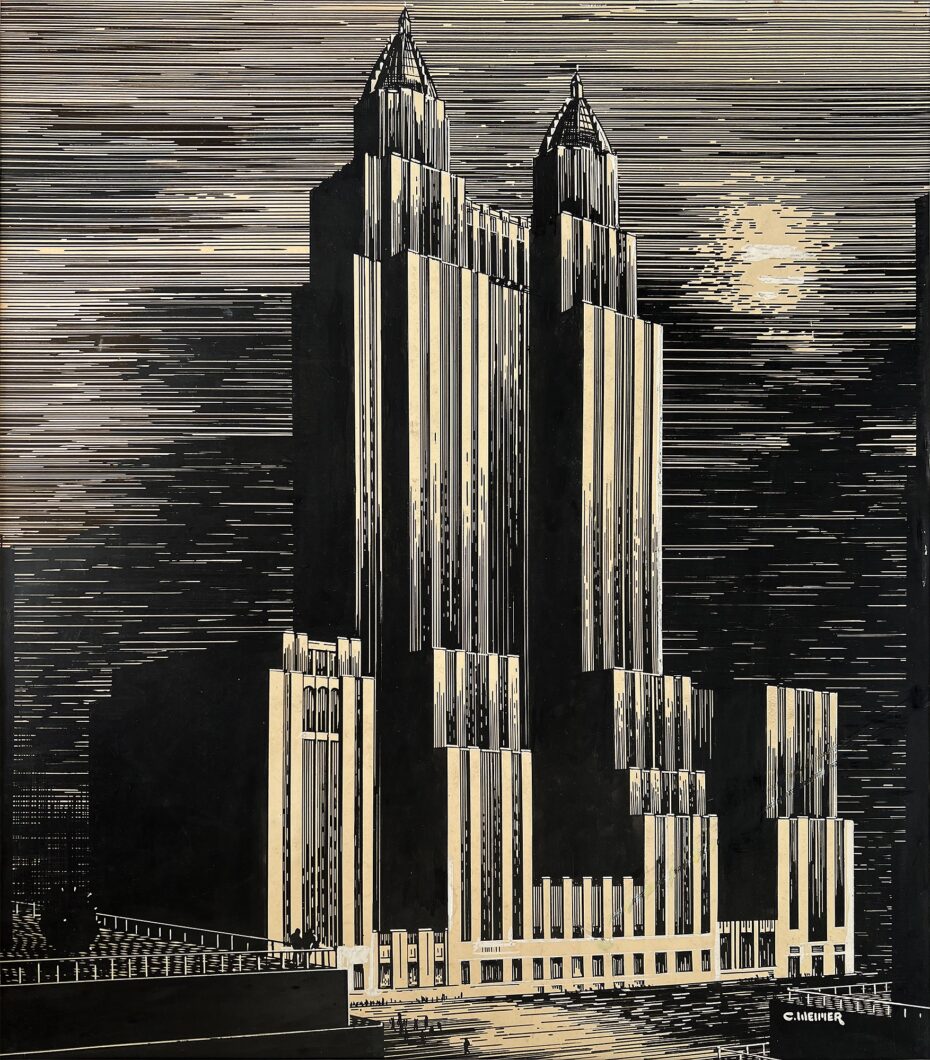
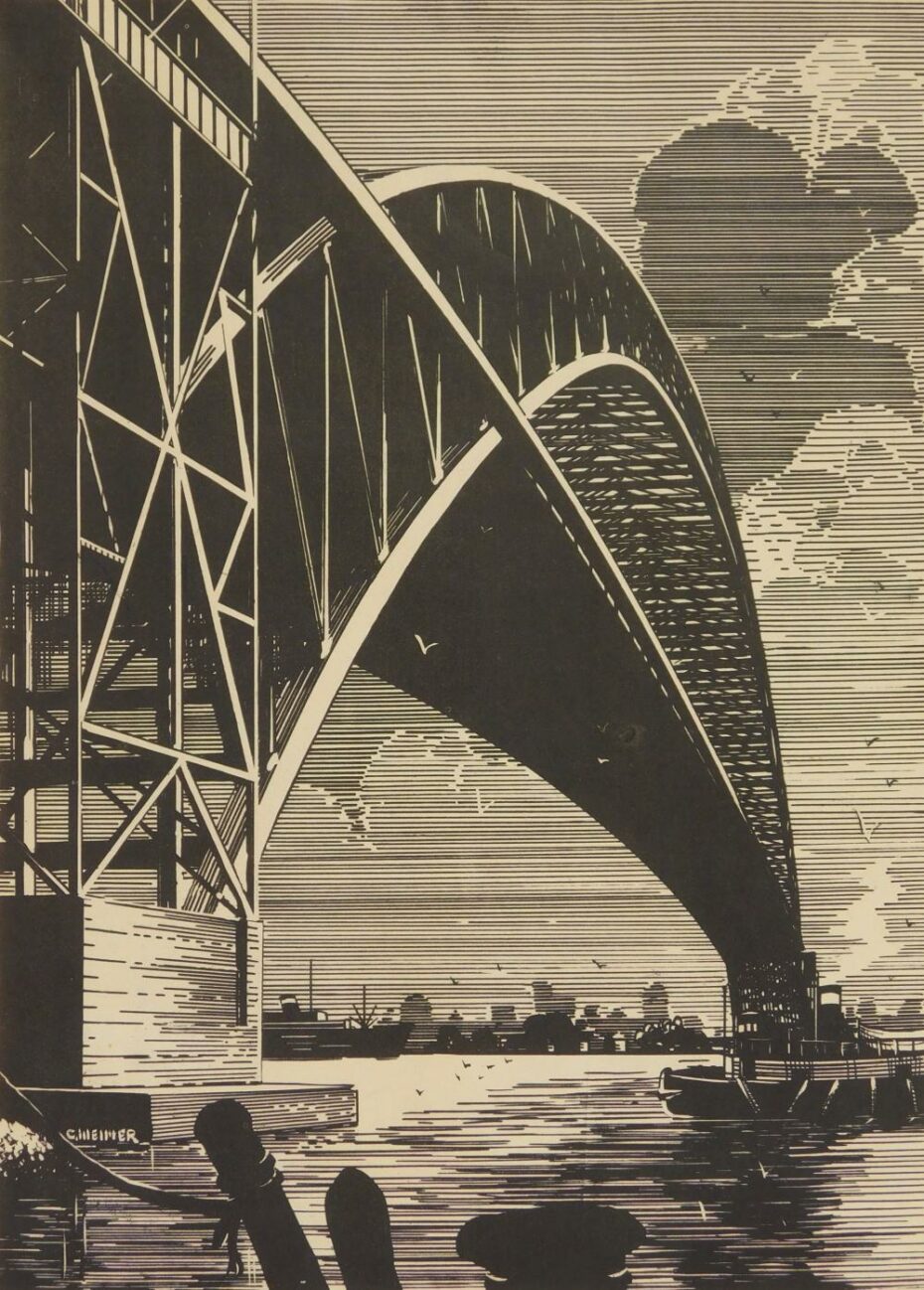
Found on 1st Dibs.
2. A wikipedia page of species, genera, and other taxa named after human genitals



Teehee. Find the Wikipedia page here.
3. Patagonian Giants
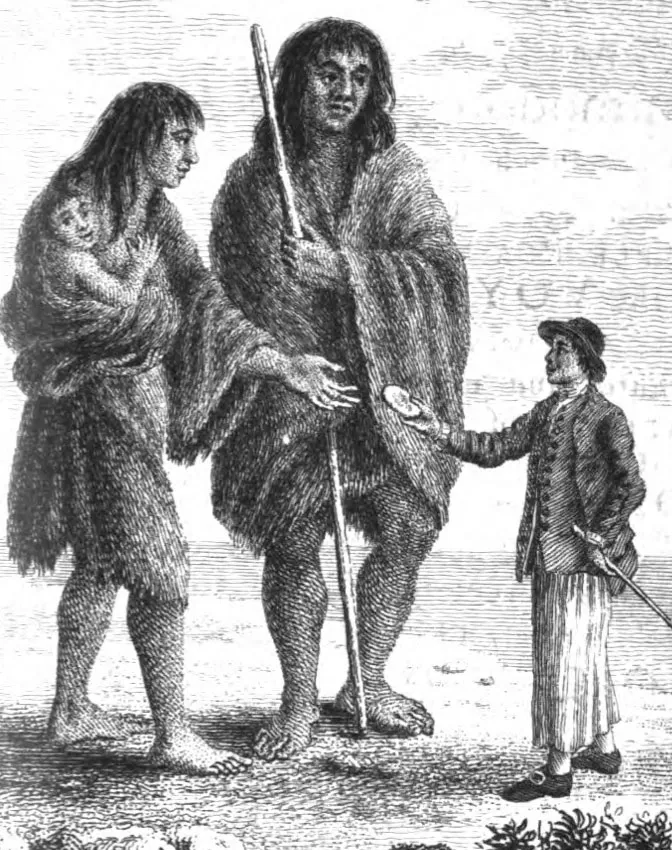
The Patagones or Patagonian giants were a race of giant humans rumoured to be living in Patagonia and described in early European accounts. They were said to have exceeded at least double normal human height, with some accounts giving heights of 13 to 15 feet (4 to 4.5 m) or more. Tales of these people would maintain a hold upon European conceptions of the region for nearly 300 years.
Read up about it on Wikipedia.
4. The Hellenistic Theater of Pergamon, Bergama, Turkey
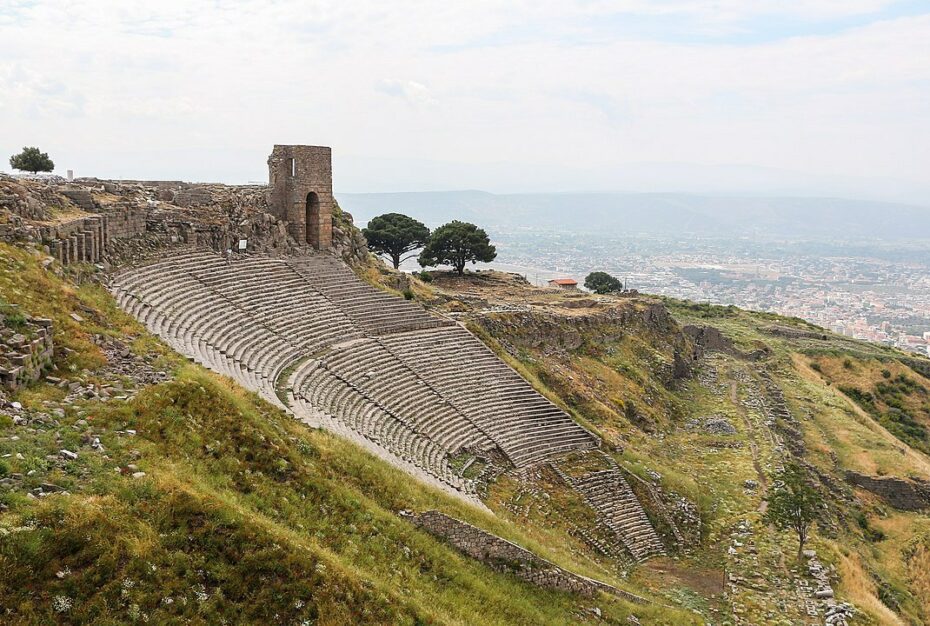
Found on Ancient Origins Tumblr.
5. That time Australia had chariot races in the 1930s but instead of horses, they used motorcycles
6. The WPA’s Horseback Lady Librarians
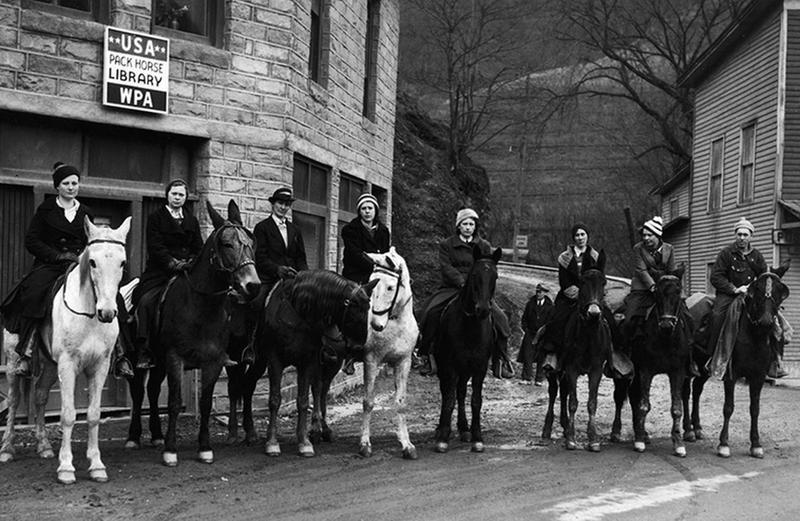
During the 1930s, the WPA sponsored horseback librarians — all women — to visit rural Americans, bringing them books; the librarians were only allowed to make deliveries in counties that had existing libraries, so schools and other institutions donated materials to establish libraries that would make their counties eligible.
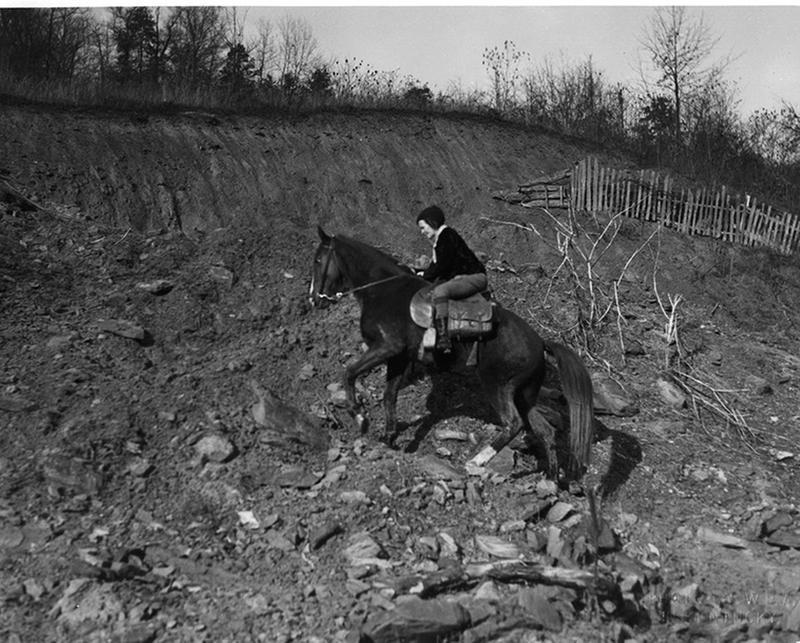
These adventurous women on horseback would ride as much as 120 miles within a given week, regardless of the terrain or weather conditions. Sometimes, they would have to finish their travels on foot if their destination was in a place too remote and tough for horses to go.
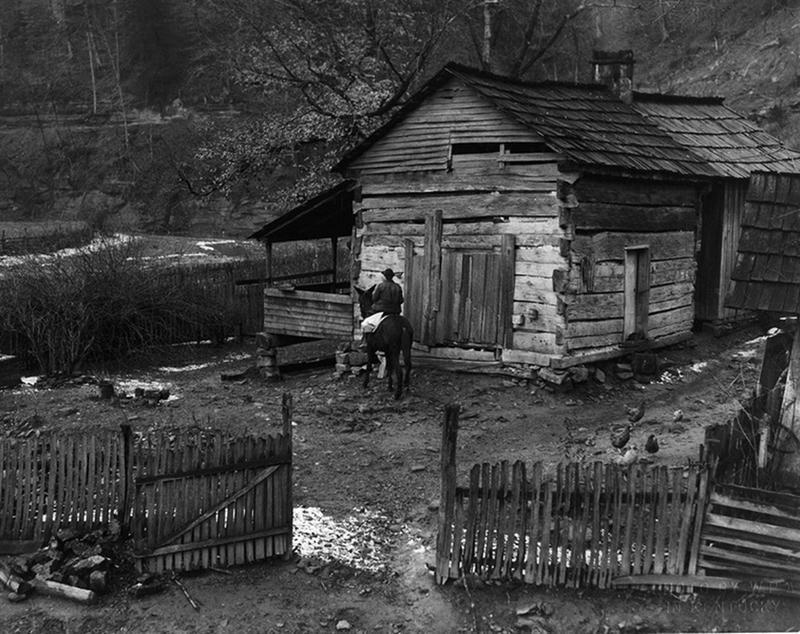
Found on Boing Boing.
7. This Tiny French Village that was Owned by the Knights Templar
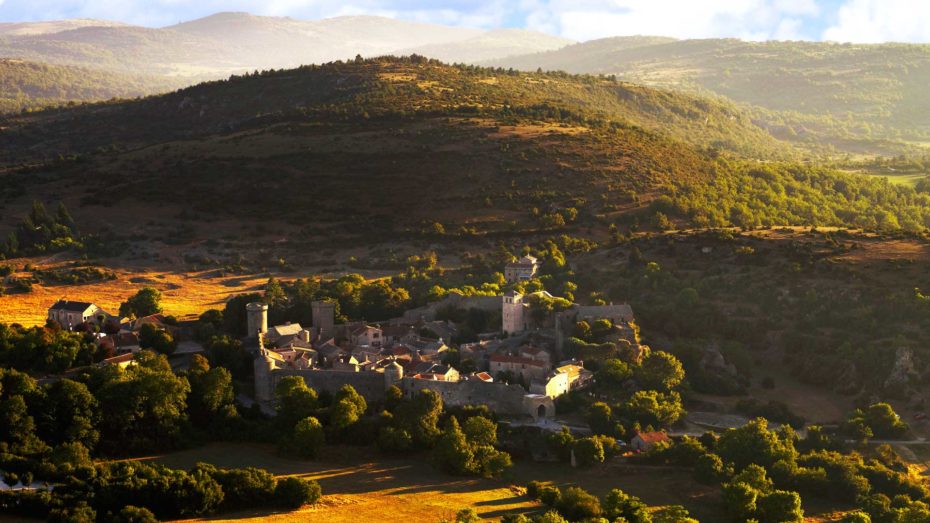
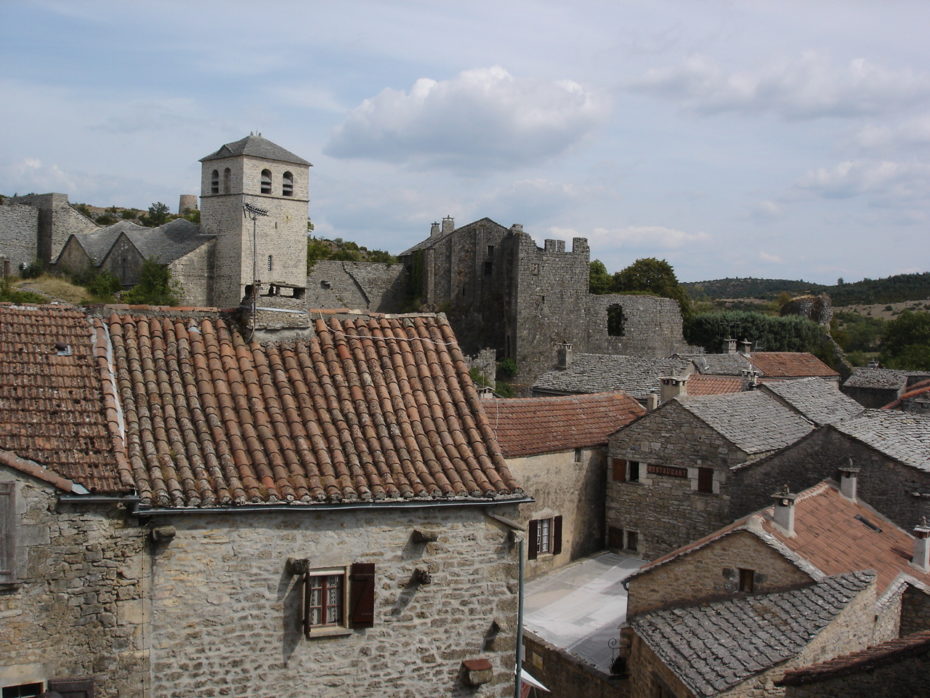
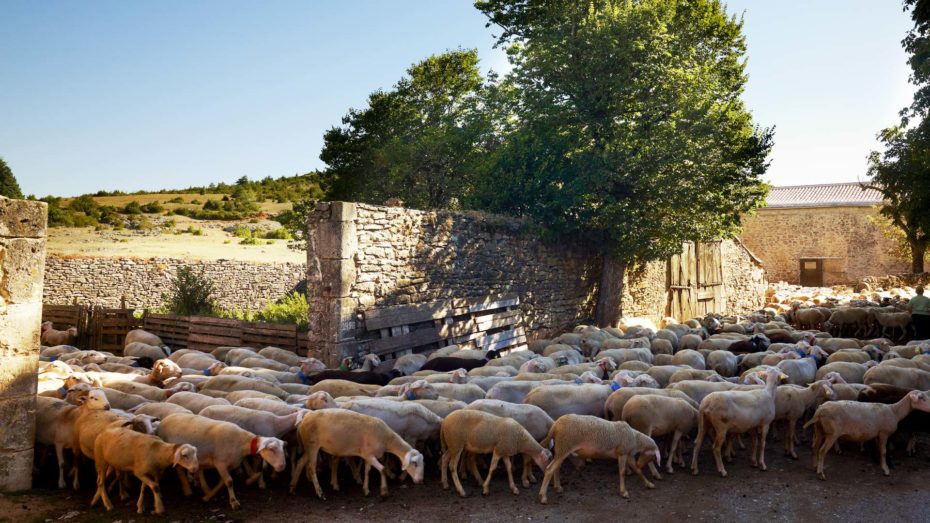
Considered one of the most beautiful villages of France, owned by the Knights Templars, they built the fortress there during the 12th and 13th centuries. Today, with a population of just 188, La Couvertoirade is largely inhabited by craftsmen working with enamel, pottery, weaving and similar crafts.
Here is the town’s website. More information found here.
8. George Bernard Shaw ‘s writing hut, built on a turntable so that he could move with the sunlight
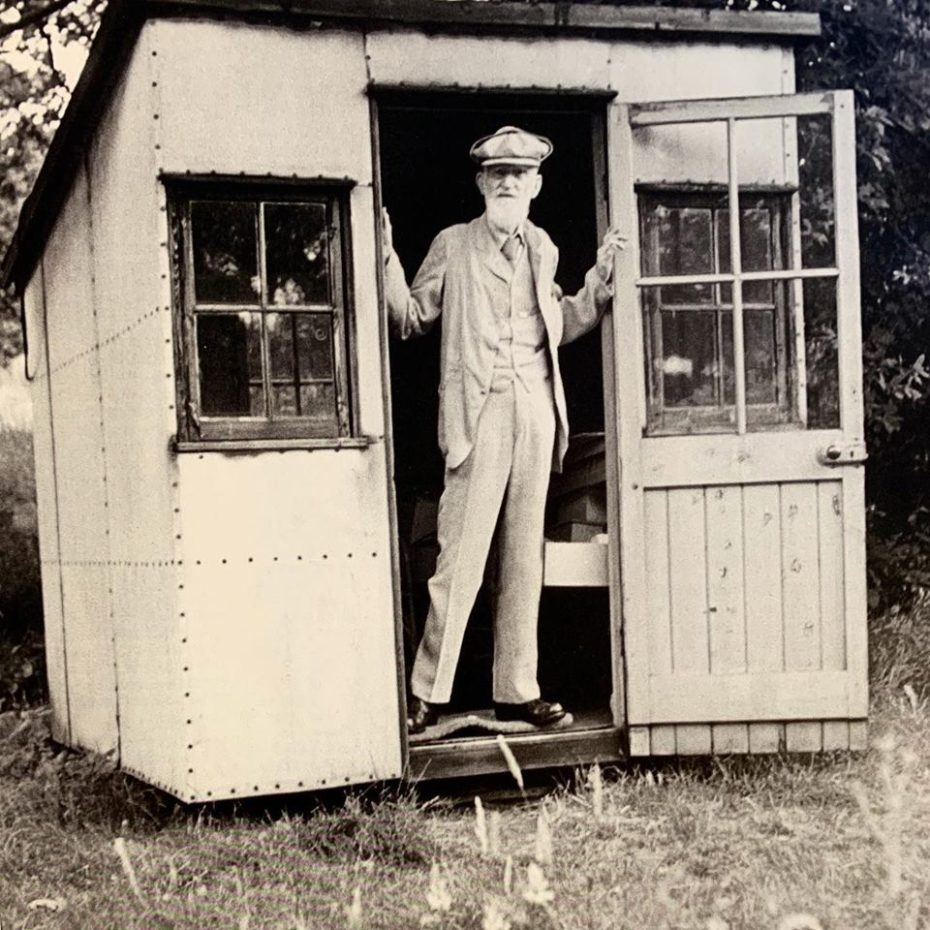
He called it “London” so that he could avoid visitors by having staff say “He’s not here, he is in London”. Nancy Astor once banged on the door, saying “Come out of there, you old fool. You’ve written enough nonsense in your life!”
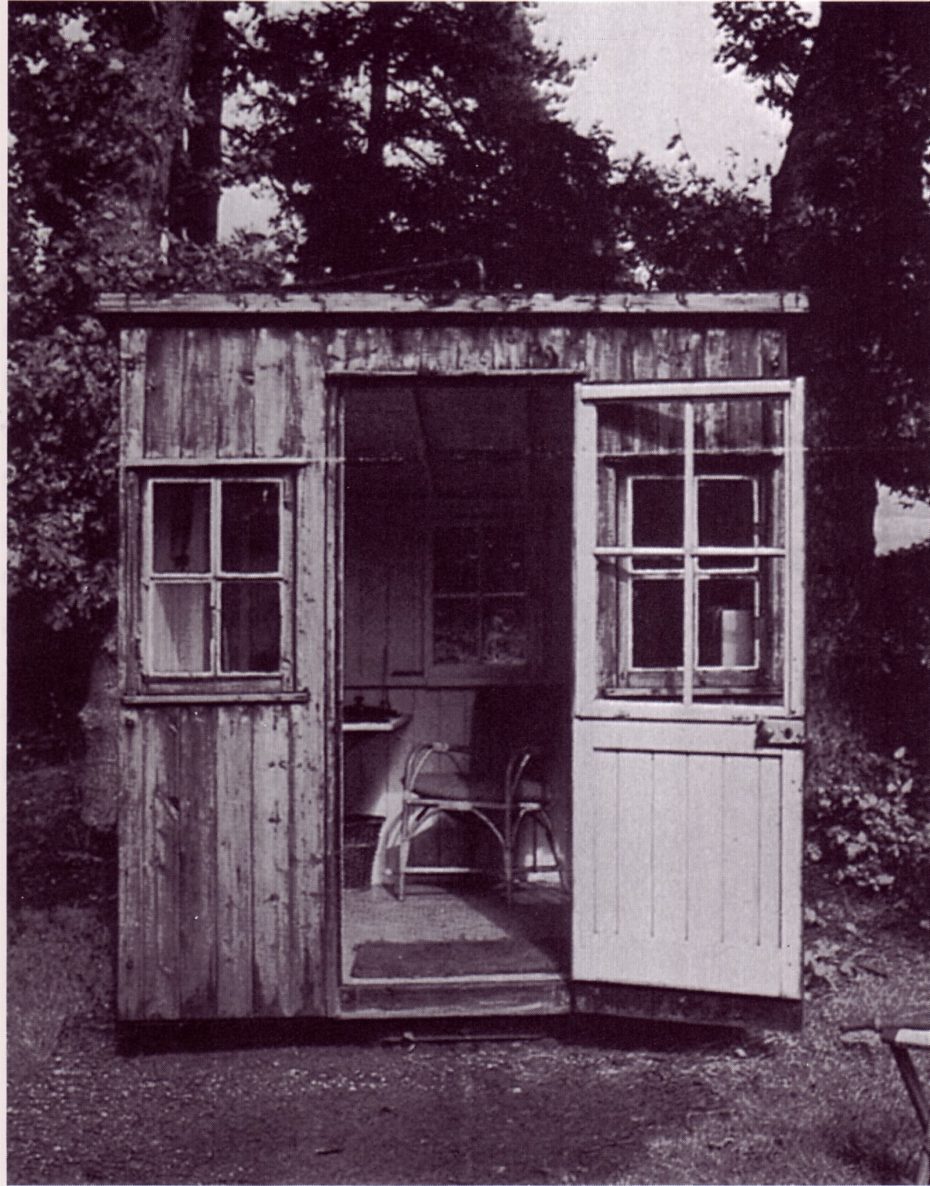
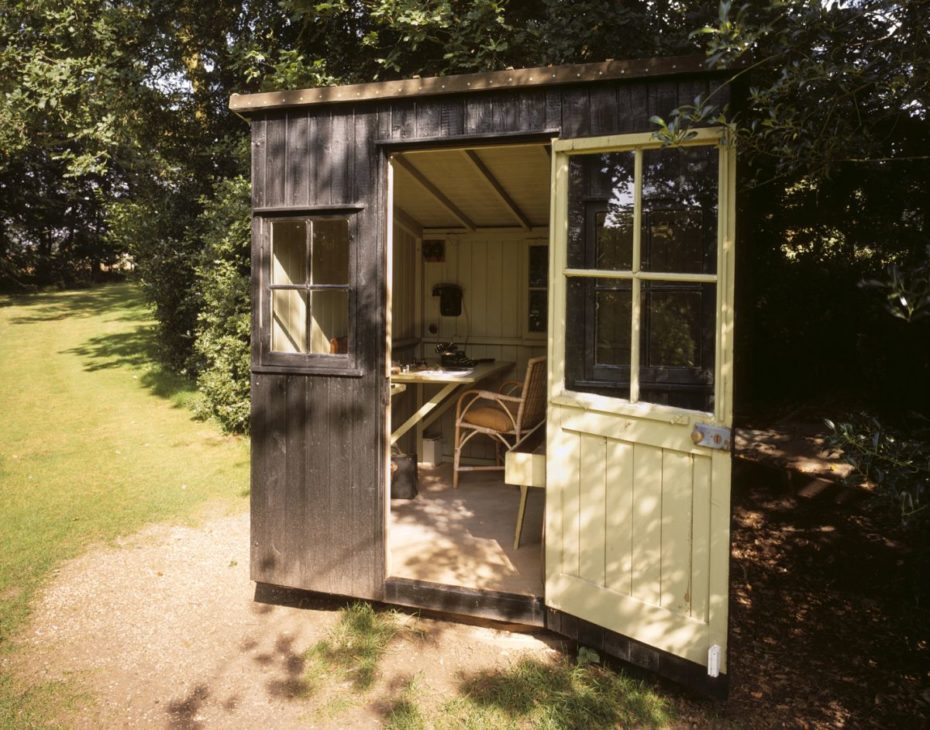
Shaw’s writing hut included “an electric heater, a typewriter, a bunk for Napoleonic naps and a telephone to the house which could be used for emergencies such as lunch: surely everything a writer could need.”
You can visit his home, “Shaw Corner”, which has been preserved by The National Trust.
9. The “Original Dorothy” and Deleted scenes from The Wizard of Oz
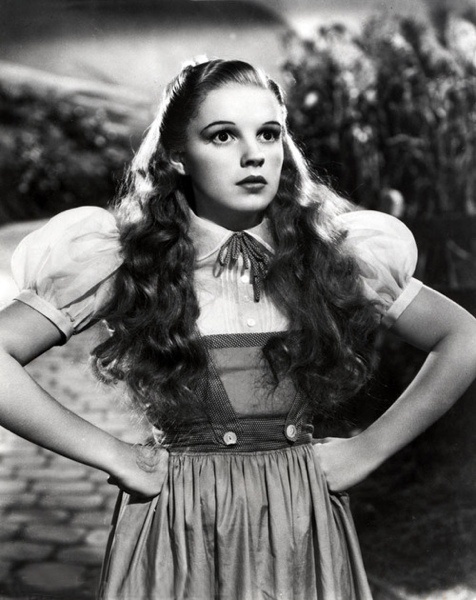
Regarded as the most viewed film in history and yet, production was a bit of a nightmare. With a total of five directors, a plethora of footage was shot that was either scrapped or cut out of the film after preview showings.
Under studio direction, Garland wore a long, blonde wig, heavy, “baby-doll” makeup, and a blue cotton pinafore with a blue polka-dot border, and was directed to play the Kansas farm girl in an exaggerated fashion.
After Thorpe was taken off the production, Cukor had her makeup and wardrobe altered, and gave her a more naturalistic look. He also told Garland to play Dorothy more down-to-earth, to remember that she was “just a little girl from Kansas.”
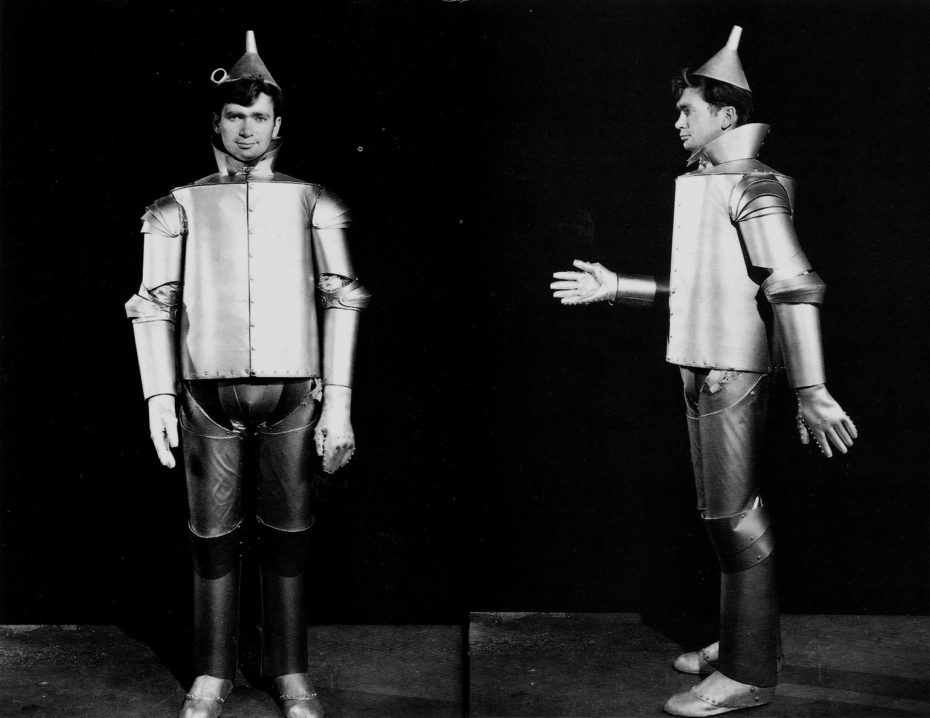
Buddy Ebsen (pictured) suffered an allergic reaction to the aluminum dust used in his makeup and was rushed to the hospital. He was subsequently taken off the picture, the press being told it was due to pneumonia.
In the 1970s, after the Culver City fire department asked MGM to remove its flammable nitrate negatives from the lot, the studio transferred their three-strip Technicolor nitrate trims (the bits and pieces cut from their films) to single strips of Eastman Kodak CRI color film stock. The nitrate trims were soon loaded onto a barge and dumped into the Pacific Ocean.
Sometime later, a cut dance sequence from the scarecrow scene was discovered in the MGM archive. This sequence serves as the only deleted sequence from the film to have survived in full:
More trivia about the lost footage found on Lost Media Wiki.
10. One of America’s most popular furniture styles was invented by a celibate religious sect
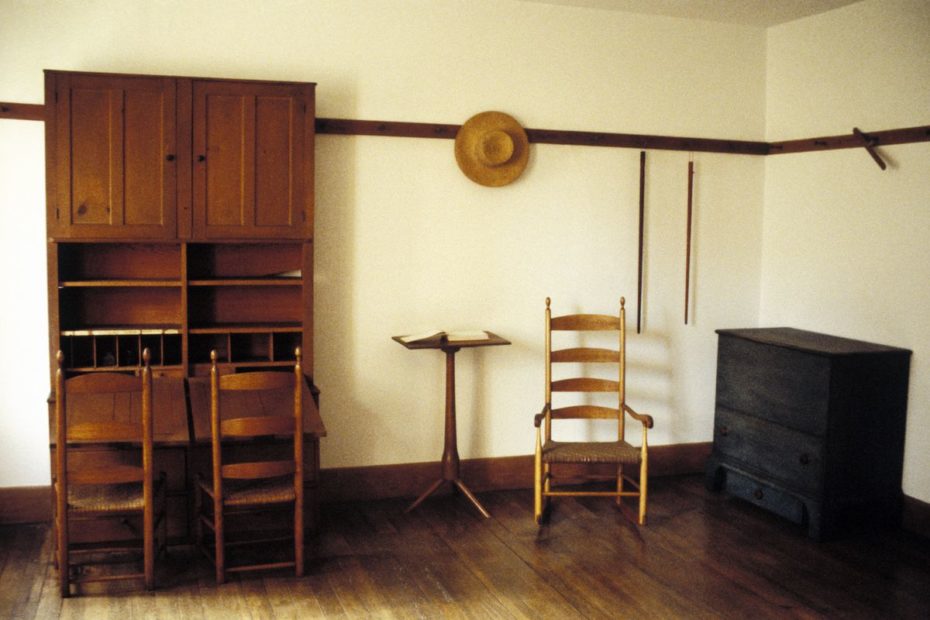
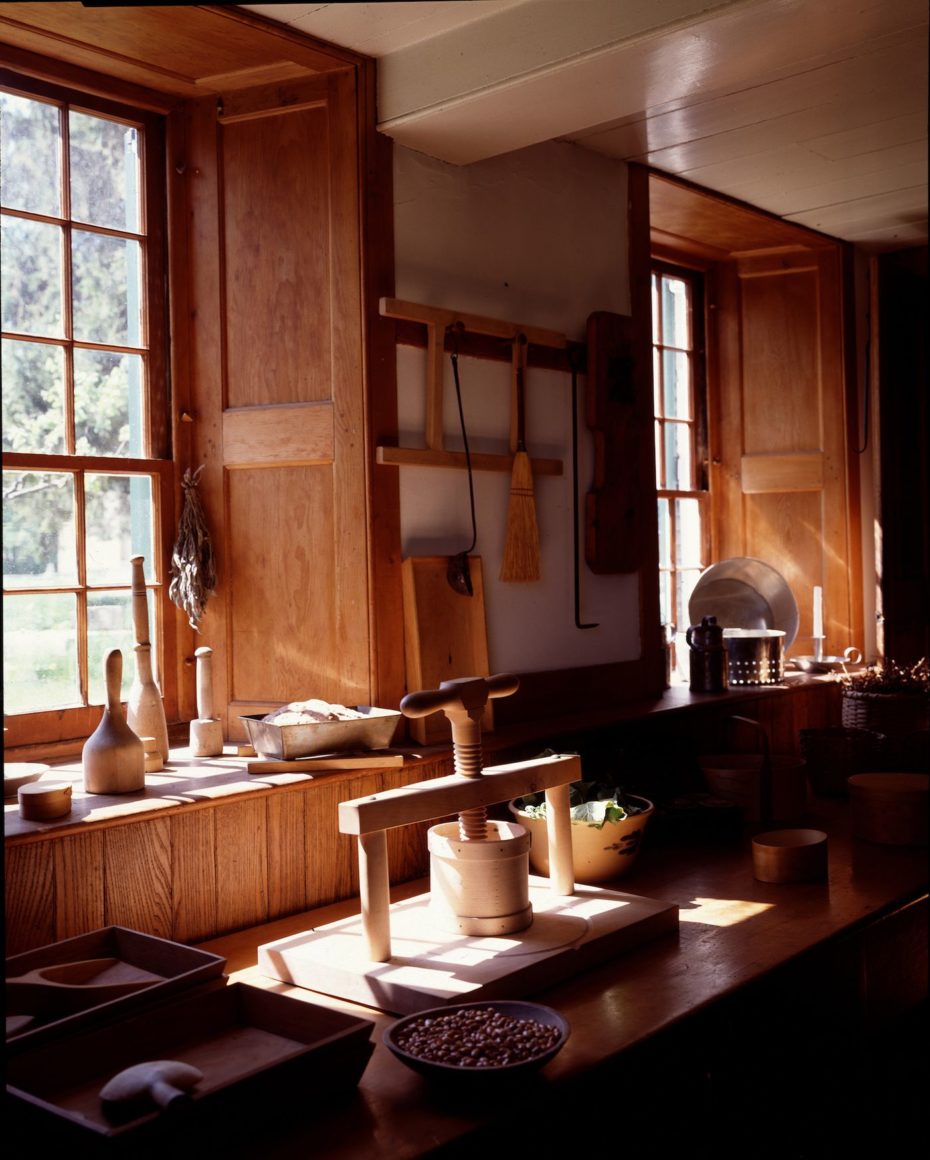
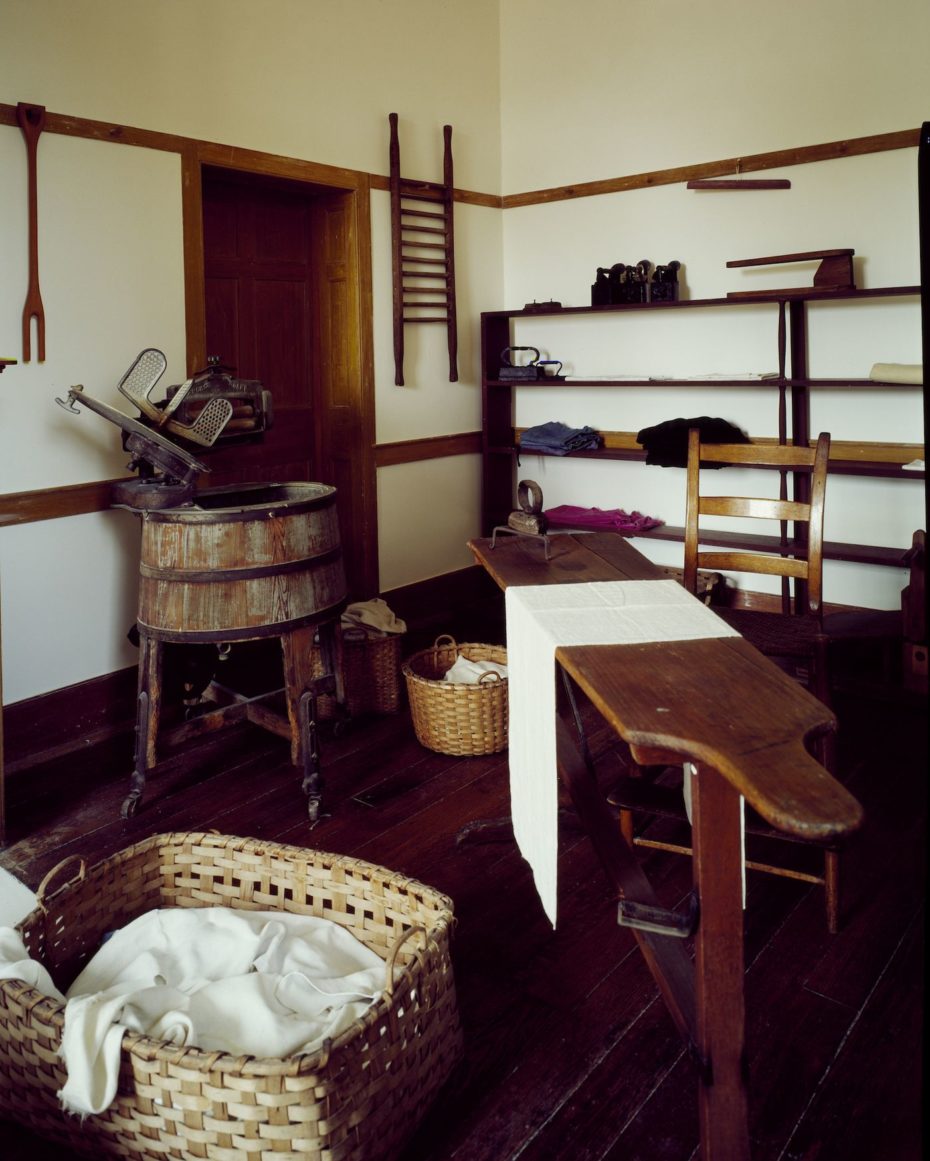
The Shakers valued honesty, simplicity, and utility. All Shaker furniture is symbolic of the values of the utopian spiritual sect that designed it and gave the style its name—values that are overdue for a comeback today.
“Shakers are a model of sustainability—environmentally, economically, and socially,” says Sarah Margolis-Pineo, a curator at the Hancock Shaker Village, a former Shaker Village in Massachusetts that’s now a museum.
Read the full article on Curbed.
11. A recipe I’ll be trying:
View this post on Instagram
12. Paris is going vegan for the Olympics

Beetroot and beefless bourguignon as Paris Olympics embraces vegetarian cuisine: Top chefs say the Games will rebrand French gastronomy as a showcase for plant-based food. The Olympic Village restaurant will boast the world’s biggest salad bar, offer fans vegetarian hotdogs and bring in up to half a million bananas by boat to meet athletes’ insatiable demand for the fruit while avoiding the carbon footprint of air travel.
Article found on the Guardian.
13. Just wanted to share my favourite podcast of late

The Smartless gang make me laugh out loud on a daily basis. Highly recommend if you’re not already hooked.












